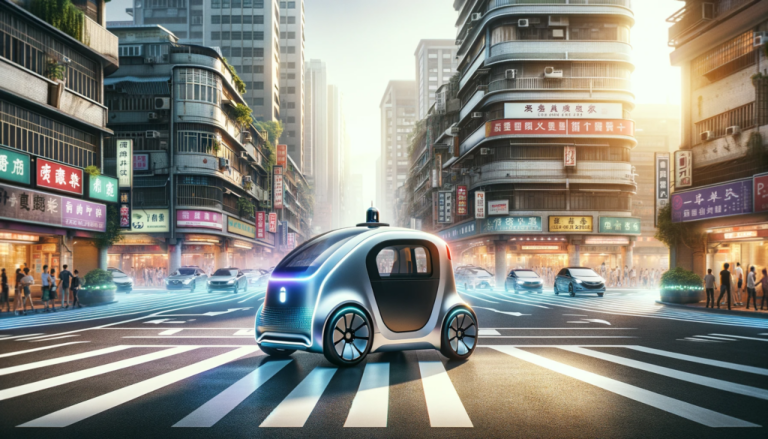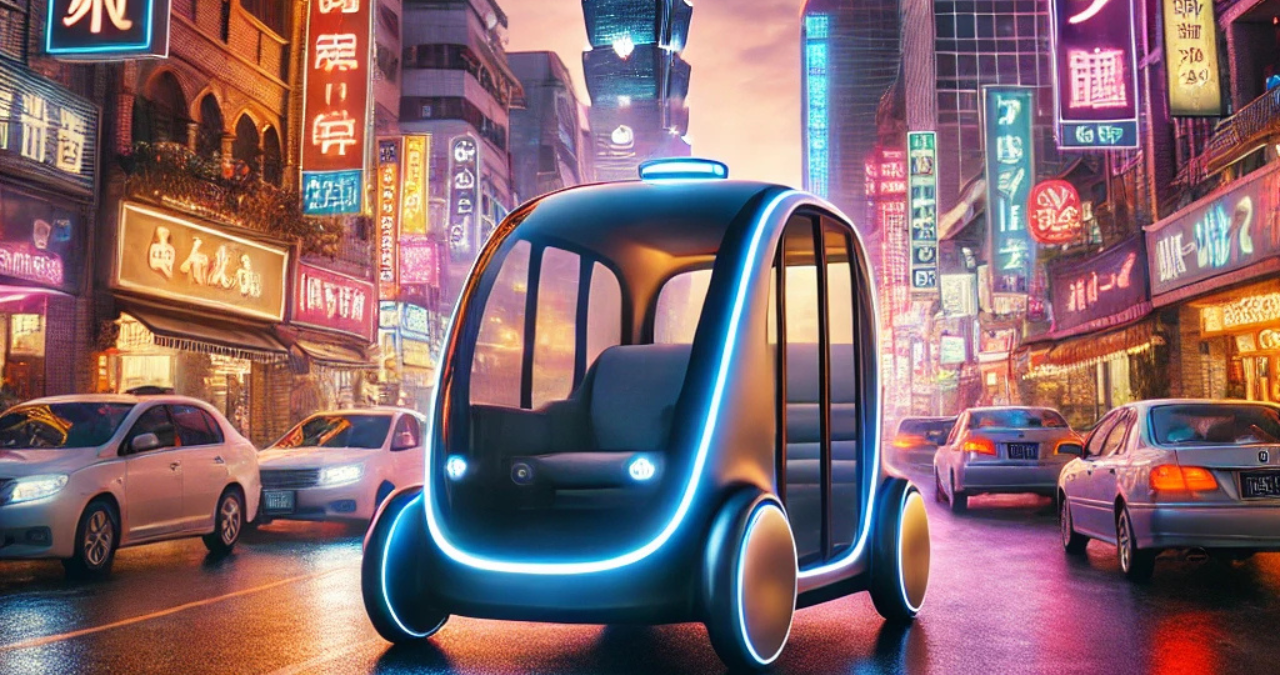Taipei, the capital city of taipei self-driving gharry, is renowned for its technological advancements and innovation in various sectors. As the world moves towards more sustainable and efficient modes of transport, Taipei has embraced cutting-edge technologies to transform its transportation landscape. One of the most exciting innovations in this regard is the introduction of self-driving Gharrys. This modern take on the traditional horse-drawn carriage promises to revolutionize urban mobility, providing a glimpse into the future of public transport. In this article, we will explore what self-driving Gharrys are, how they work, the benefits they bring to the city, and the challenges they face in their implementation.
What is a Self-Driving Gharry?
The Gharry, a traditional horse-drawn carriage, has been a symbol of transport in Taipei for many years, often seen as a nostalgic reminder of the city’s history. These carriages were once a common sight, offering tourists and locals a leisurely ride through the city’s scenic spots. However, with the advancement of technology, the Gharry has evolved into a self-driving vehicle that operates without the need for horses or human drivers.
A self-driving Gharry uses autonomous technology to navigate the streets of Taipei. The vehicle is equipped with advanced sensors, cameras, and artificial intelligence (AI) systems that allow it to detect its surroundings, make decisions, and move safely through traffic. These Gharrys are designed to operate in both urban and semi-rural areas, offering an eco-friendly alternative to traditional vehicles. This innovation is part of Taipei’s broader effort to integrate autonomous technology into public transport, positioning the city as a leader in smart city initiatives.
How Taipei’s Self-Driving Gharry Works

Self-driving Gharrys rely on several key technologies to function efficiently and safely. The primary technology at play is artificial intelligence, which allows the vehicle to interpret data from its environment and make real-time decisions. The Gharry is equipped with various sensors, including LiDAR (Light Detection and Ranging), cameras, and radar, which help it understand the layout of the roads, identify obstacles, and detect pedestrians.
The vehicle’s AI system processes the data from these sensors to create a 3D map of its surroundings, enabling it to navigate safely through complex environments. This includes recognizing traffic signals, road signs, and other vehicles, as well as adjusting speed and direction based on real-time traffic conditions. In addition, the Gharry’s navigation system uses GPS to pinpoint its location and ensure that it follows the correct route.
Safety is a top priority for self-driving Gharrys, and the vehicles are equipped with multiple safety features to prevent accidents. These include automatic emergency braking, collision avoidance systems, and pedestrian detection technology. Furthermore, strict regulations and testing protocols are in place to ensure the vehicles meet safety standards before being rolled out to the public.
The Benefits of Self-Driving Gharry for Taipei
The introduction of self-driving Gharrys offers several significant benefits to the people of Taipei. One of the most notable advantages is the environmental impact. As the world grapples with climate change, the need for sustainable transportation solutions has never been greater. Self-driving Gharrys are powered by electricity, which means they produce zero emissions, unlike traditional vehicles that rely on fossil fuels. This shift to electric-powered transport can help reduce air pollution and make Taipei’s streets cleaner and more sustainable.
In addition to their environmental benefits, self-driving Gharrys also provide greater convenience for commuters and tourists. These vehicles are designed to be user-friendly, allowing passengers to easily hail a ride using a mobile app or pre-arrange trips. For tourists, the self-driving Gharry offers a unique and memorable way to explore Taipei’s historical landmarks and scenic spots without the hassle of navigating public transportation. The quiet and smooth ride of the Gharry also enhances the overall experience, making it an attractive alternative to other forms of transport.
Furthermore, the self-driving Gharry has the potential to reduce traffic congestion in Taipei. With fewer cars on the road, traffic flow can improve, leading to shorter travel times and less pollution. Additionally, the autonomous nature of the Gharry means that it can optimize its routes, avoiding traffic jams and taking the most efficient paths.
The Challenges and Future of Self-Driving Gharry in Taipei
While the self-driving Gharry presents many exciting possibilities, there are several challenges that must be overcome for its widespread adoption in Taipei. One of the main challenges is technological. Despite significant advancements in autonomous driving technology, self-driving vehicles still face limitations in certain situations, such as navigating through heavy traffic or unpredictable weather conditions. Taipei’s complex urban environment, with its narrow streets and high pedestrian density, poses additional hurdles for self-driving Gharrys to operate safely.
Public perception and acceptance of autonomous vehicles also play a crucial role in the success of the self-driving Gharry. Many people are still hesitant to embrace self-driving technology, fearing potential safety risks or job losses associated with automation. In Taipei, where traditional forms of transport are deeply embedded in the culture, convincing residents and tourists to trust self-driving vehicles may take time.
Additionally, the regulatory framework for self-driving vehicles in Taiwan is still evolving. While the government has made strides in establishing guidelines for autonomous vehicle testing, more comprehensive regulations are needed to ensure the safe integration of self-driving Gharrys into the city’s transport system. This includes addressing issues such as liability in case of accidents and ensuring that the vehicles comply with existing traffic laws.
Looking ahead, Taipei plans to expand its self-driving Gharry service and improve its infrastructure to support autonomous vehicles. The city is investing in smart traffic systems, enhanced road signage, and dedicated lanes for autonomous vehicles. With ongoing advancements in technology and government support, the self-driving Gharry could become a permanent feature of Taipei’s transportation system, offering a glimpse into the future of urban mobility.
Conclusion
Taipei’s self-driving Gharry is a bold step towards the future of transportation. Combining the charm of a traditional Gharry with cutting-edge autonomous technology, these vehicles offer a sustainable, convenient, and efficient way to navigate the city. While there are challenges to overcome, the benefits of self-driving Gharrys—such as reduced emissions, improved traffic flow, and enhanced tourism experiences—make them a promising solution for Taipei’s future. As the city continues to invest in autonomous transportation, the self-driving Gharry is poised to become a key part of Taipei’s smart city ecosystem, offering a glimpse into the future of urban mobilit
You May Also Read:https://booksnews.co.uk/fissionshare-email/
